A swimming pool is one of the elegant additions that introduce comfort and joy into any house or company. But to maintain a pool in this state, there is a need to maintain the plumbing system that feeds the pool pump. This is a plumbing system that connects the pool pump to the filtration system and the water circulation system; the plumbing fittings are very important for the efficient and effective functioning of the pool. In this article, you will be able to learn all the essentials about pool pump plumbing fittings – their function and varieties, as well as how to install and care for them.
Why Pool Pump Plumbing Fittings Matter
It may be considered that plumbing fittings used for pool pumps are insignificant accessories, but they are very important for the water circulation and filtration. A pool pump is used to circulate the water through the filter system to ensure clean and well balanced water in the pool. Lack of proper plumbing fittings makes the system ineffective and expensive to run, the water is not clean and the pump or filtration equipment may be damaged.
Here are the key reasons why choosing the right pool pump plumbing fittings is so important:
Optimal Water Flow: Plumbing fittings help in the flow of water through the pump, filter as well as other parts of the system.
Prevention of Leaks: Incorrect fitting installation or the use of improper fittings will lead to wastage of water and reduced system performance.
Energy Efficiency: Correct fittings assist in minimizing stress on the pump, thus making the use of energy and minimizing unnecessary use.
Longevity of Equipment: Quality connections also prolong the life of all the pool equipment such as the pumpand filter through giving a leak proof connection.
Common Pool Pump Plumbing Fittings You Should Know
There are various plumbing fittings used in pool pump systems, each serving a different function. The key types include:
1. Elbow Fittings
Elbow fittings are used for making changes in direction of water flow at a particular angle of 45 or 90 degree. These fittings are used where the plumbing has to go round an object or to change the direction of the water flow to the filtration system of the pool. Elbow fittings are available in various dimensions and materials such as PVC and CPVC.
Key Features:
It was used to change the direction of the water at certain angles
It comes in different levels of flexibility, normally in 45° and 90°.
Usually manufactured from rigid polyvinyl chloride
2. Tee Fittings
Tee fittings, also known as “T” fittings, are essential for creating branch lines in the pool’s plumbing system. They are shaped like the letter T, allowing a pipe to split off at a 90-degree angle. These fittings are often used to direct water to a heater, pool cleaner, or other equipment.
Key Features:
Used to split water flow into two separate directions
Helps to integrate multiple systems (e.g., heater, pool cleaner)
Typically made from PVC or other corrosion-resistant materials
3. Union Fittings
Union fittings are essential when you need to disconnect and reconnect pipes without damaging the system. They are designed to connect two pipes together while allowing easy disassembly for maintenance or replacement of pool equipment, such as the pump or filter.
Key Features:
Allows easy removal and replacement of pool equipment
Ideal for maintenance and repairs
Typically made from durable, corrosion-resistant materials like PVC
4. Coupling Fittings
Coupling fittings are used to connect two pipes of the same diameter. These fittings ensure a secure connection without altering the direction of water flow. Couplings are common in most pool pump plumbing systems as they help join different sections of piping.
Key Features:
Connects two pipes of the same diameter
Ensures a secure, leak-free connection
Available in a variety of sizes and materials
5. Check Valves
Check valves are crucial in preventing backflow, which could lead to contamination of the pool water or damage to the pump. These valves automatically close when water flows backward, ensuring the water only moves in one direction. They are typically installed on the pump's intake or return lines.
Key Features:
Prevents backflow, ensuring water only moves in one direction
Protects the pump and filtration system from contamination
Commonly made of PVC or other corrosion-resistant materials
6. Ball Valves
Ball valves control the flow of water by using a rotating ball mechanism that either allows or blocks water. They are commonly used to control the flow of water into and out of the pump and filter systems. Ball valves are particularly popular in pool plumbing because they are easy to operate and durable.
Key Features:
Allows precise control over water flow
Used for regulating the water entering and leaving the pump
Typically made from PVC, brass, or stainless steel
7. Pressure Relief Valves
Pressure relief valves are designed to release excess pressure that may build up in the plumbing system, protecting the pump and other components from potential damage. They automatically open when the system’s pressure exceeds a preset limit, allowing water to escape safely.
Key Features:
Protects the system from excessive pressure
Helps maintain optimal water flow and pressure
Commonly used in systems with heaters or high-pressure pumps
Swimming Pool Valves 101: Everything You Need to Know
Materials Used for Pool Pump Plumbing Fittings
Choosing the right material for your plumbing fittings is essential to ensure longevity, performance, and resistance to wear and tear. The most common materials used for pool pump plumbing fittings include:
1. PVC (Polyvinyl Chloride)
PVC is the most common material used for pool plumbing fittings due to its affordability, durability, and ease of installation. PVC fittings are lightweight, resistant to corrosion, and ideal for both residential and commercial pools.
2. CPVC (Chlorinated Polyvinyl Chloride)
CPVC is similar to PVC but has been treated with chlorine to increase its temperature resistance. It is often used for high-temperature applications, such as connecting a pool heater to the filtration system.
3. ABS (Acrylonitrile Butadiene Styrene)
ABS is a strong, rigid plastic material used in some pool plumbing applications. It is more resistant to impact than PVC and is commonly used for pool waste and drainage lines.
4. Brass and Stainless Steel
Brass and stainless steel are used in high-pressure applications where durability is essential. While these materials are more expensive than plastics, they offer long-lasting performance, particularly in saltwater pool systems.
How to Install Pool Pump Plumbing Fittings
Installing pool pump plumbing fittings is a task that requires careful attention to detail to ensure a secure, leak-free system. Here’s a basic guide to installing pool pump plumbing fittings:
1. Turn Off the Pool System
Before beginning any plumbing installation, always turn off the pool pump and any other equipment that may be connected to the plumbing system.
2. Prepare the Pipes
Cut the pipes to the appropriate lengths, using a pipe cutter to ensure smooth, clean edges. Deburr the ends of the pipes to eliminate any sharp edges.
3. Dry Fit the Fittings
Dry fit the fittings together to make sure they fit properly and the angles are correct before permanently sealing them. This will help avoid costly mistakes.
4. Apply PVC Primer and Cement
For PVC fittings, apply PVC primer to both the pipe and the inside of the fitting, followed by PVC cement. Quickly insert the pipe into the fitting, making sure it is fully seated.
5. Tighten Connections
For threaded fittings, use a wrench to tighten the connections, ensuring they are secure but not overtightened.
6. Check for Leaks
Once everything is connected, turn the pump back on and check for leaks. If any leaks are found, tighten the fittings or apply additional sealant as necessary.
Maintenance Tips for Pool Pump Plumbing Fittings
Proper maintenance of your pool pump plumbing fittings can extend the life of your system and prevent costly repairs. Here are a few tips to keep everything running smoothly:
1. Regularly Inspect Fittings
Check fittings for signs of wear, such as cracking, corrosion, or leaks. Replace damaged fittings immediately to prevent further damage.
2. Clean Filters and Pipes
Clogged filters and pipes can strain the pool pump and cause damage. Clean filters regularly and ensure that pipes are free from debris or blockages.
3. Ensure Proper Alignment
Misaligned plumbing fittings can put unnecessary strain on your pool pump. Make sure all fittings are properly aligned and connected to ensure optimal water flow.
4. Use Quality Fittings
Investing in high-quality, durable fittings will save you time and money in the long run. Cheap or subpar fittings may wear out quickly, leading to leaks or system failures.
Pool pump plumbing fittings may seem like a minor detail in the grand scheme of pool maintenance, but they are essential for maintaining an efficient, leak-free, and long-lasting pool system. From elbows and tees to check valves and unions, the right fittings ensure that your pool’s pump, filter, and other systems function smoothly. By selecting the right materials, properly installing the fittings, and regularly maintaining them, you can ensure that your pool remains a relaxing oasis for years to come.
FAQs
Do you use Teflon tape on pool pump fittings?
Yes, Teflon tape is commonly used on threaded pool pump fittings to prevent leaks and ensure a tight seal. Be sure to wrap it properly without over-applying.
Is pool PVC the same as regular PVC?
Pool PVC is specifically designed to be more durable and resistant to UV rays and pool chemicals, while regular PVC is suitable for general plumbing applications.
What size are pool fittings?
Pool fittings typically come in sizes ranging from 1.5 inches to 2.5 inches, with 2 inches being the most common for residential pool systems.
What type of threads are on a pool pump?
Pool pumps typically use NPT (National Pipe Thread) threads, which are tapered and designed to create a watertight seal when tightened.
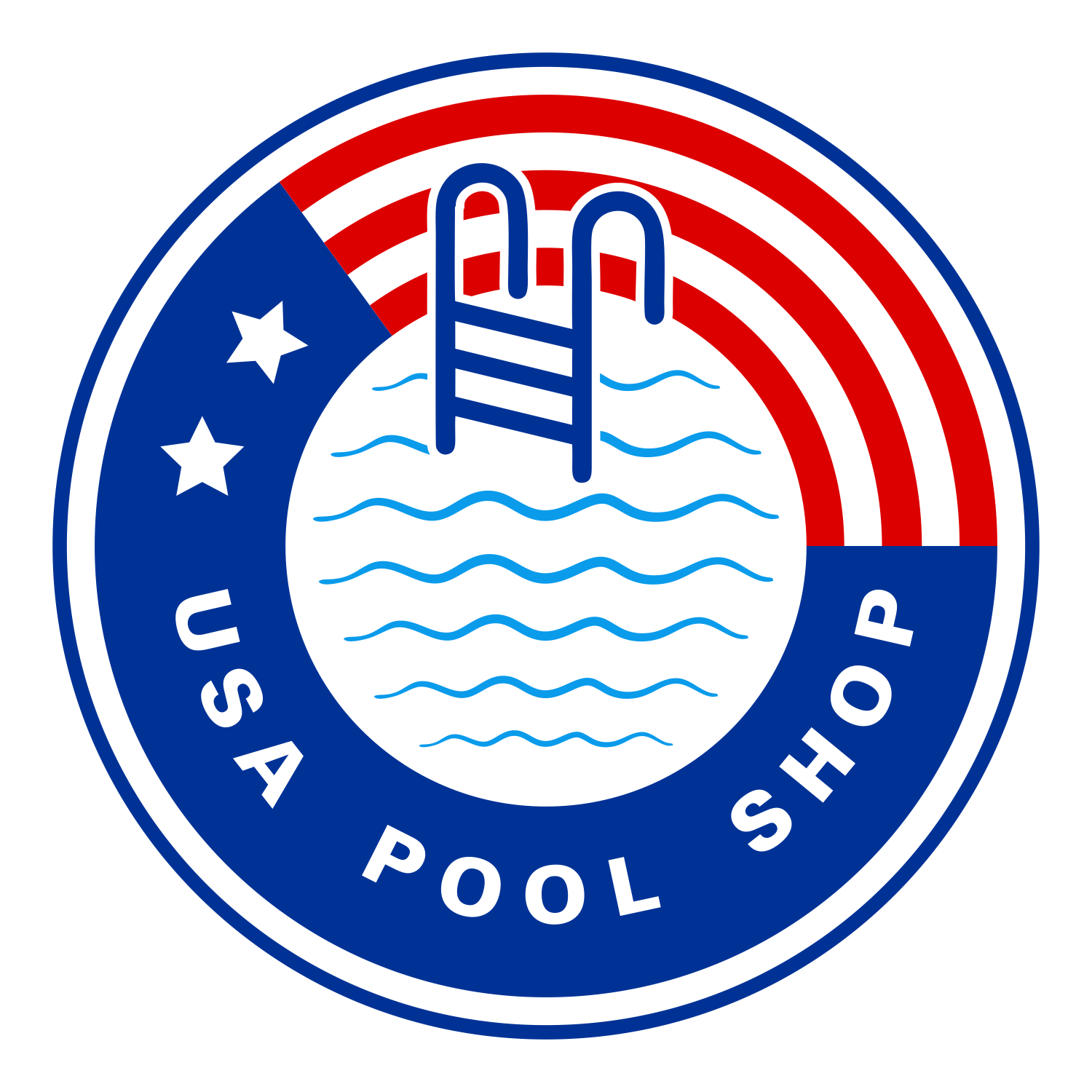

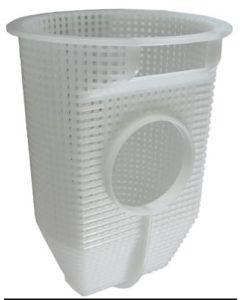
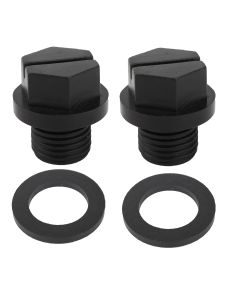
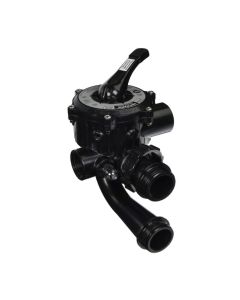

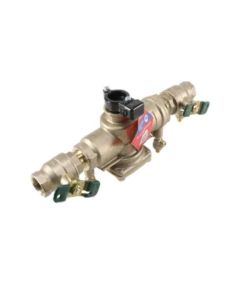


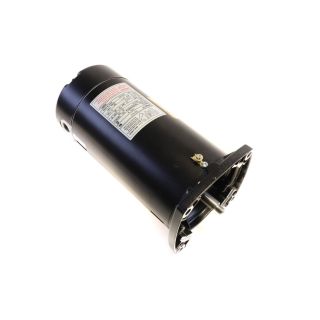



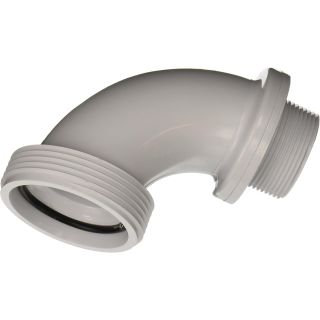

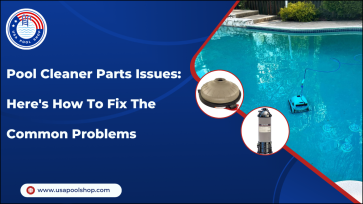
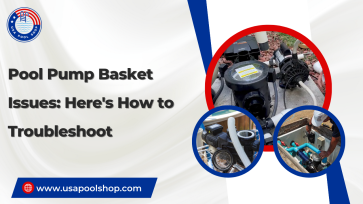
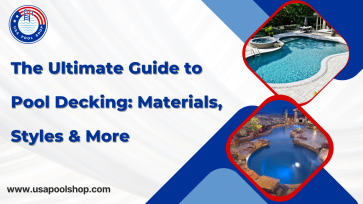

Validate your login